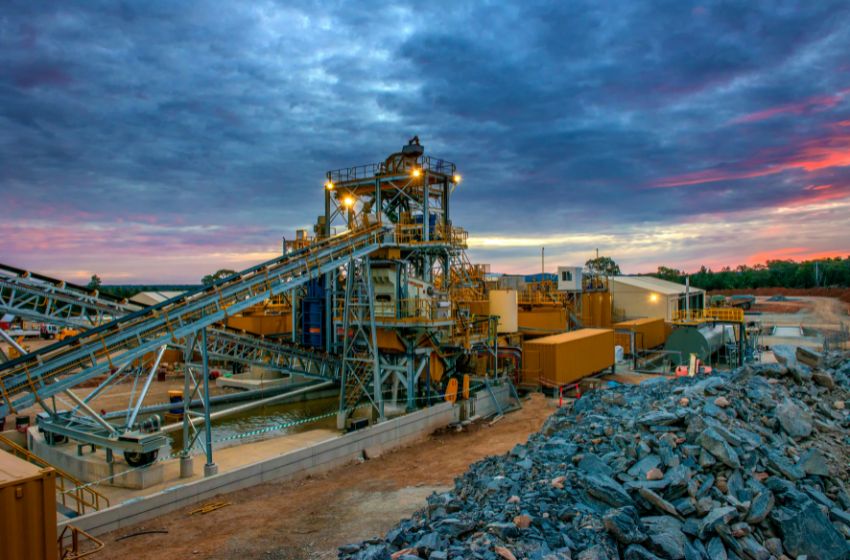
South Africa, a nation rich in mineral resources, grapples with a clandestine industry thriving beneath the surface – illegal mining. This subterranean realm, often referred to as “zama zama,” represents a complex web of socio-economic challenges, criminal activity, and environmental degradation. In this article, we delve into the multifaceted issues surrounding illegal mining in South Africa, exploring the roots of the problem, the key players involved, and the imperative need for collaboration and cooperation to tackle this persistent menace.
Understanding “Zama Zama”
The term “zama zama” originates from Zulu and Xhosa slang, loosely translating to “take a chance” or “try your luck.” In the context of South Africa’s mining landscape, it denotes individuals engaging in unauthorized mining activities, often in abandoned or disused mines. These miners, typically operating in informal and unregulated conditions, extract precious minerals such as gold, diamonds, and platinum, often using rudimentary tools and techniques.
Root Causes of Illegal Mining
Several factors contribute to the proliferation of illegal mining in South Africa:
- Economic Precarity: High levels of unemployment and poverty drive individuals, particularly in marginalized communities, to seek alternative sources of income. With limited job opportunities, illegal mining presents a lucrative option for those desperate to make ends meet.
- Regulatory Challenges: Cumbersome bureaucratic processes, coupled with inadequate enforcement of mining regulations, create loopholes that illegal miners exploit. The formal mining sector’s strict licensing requirements and inaccessible capital further exacerbate the allure of informal mining.
- Organized Crime Syndicates: Illegal mining operations are often intertwined with organized crime networks, including smuggling rings and syndicates. These groups capitalize on the illicit trade of minerals, perpetuating a cycle of exploitation and violence in affected communities.
Major Role Players
- Illegal Miners (Zama Zamas): At the forefront of the illicit mining trade, zama zamas risk their lives in hazardous conditions to extract minerals. Many operate in precarious tunnels and shafts, facing constant dangers such as cave-ins, toxic gases, and criminal violence.
- Formal Mining Companies: While legitimate mining companies adhere to regulatory frameworks, some instances of collusion or negligence enable illegal mining activities to persist. Additionally, competition for mineral-rich territories may escalate tensions between formal and informal miners.
- Law Enforcement Agencies: Police and regulatory bodies play a crucial role in combating illegal mining. However, resource constraints, corruption, and the sheer scale of the problem often hamper enforcement efforts, allowing illicit activities to persist.
- Government and Regulatory Bodies: Government agencies oversee mining regulations and licensing processes, aiming to ensure responsible mining practices and revenue generation. Strengthening regulatory frameworks and enhancing inter-agency coordination are vital steps in addressing illegal mining.
Importance of Collaboration and Cooperation
Addressing the scourge of illegal mining demands a coordinated approach involving various stakeholders:
- Interagency Coordination: Law enforcement agencies, regulatory bodies, and other relevant stakeholders must collaborate closely to share intelligence, pool resources, and implement targeted enforcement strategies. This includes joint operations, intelligence sharing mechanisms, and capacity-building initiatives to enhance enforcement capabilities.
- Community Engagement: Empowering local communities through education, alternative livelihood programs, and sustainable development initiatives can mitigate the socio-economic drivers of illegal mining. By addressing underlying grievances and promoting economic opportunities, communities are less susceptible to exploitation by criminal elements.
- Public-Private Partnerships: Formal mining companies can play a constructive role by engaging with local communities, investing in social development projects, and implementing responsible mining practices. Collaborative initiatives between government, industry, and civil society can foster transparency, accountability, and ethical mining standards.
- Technology and Innovation: Embracing technological solutions, such as satellite imagery, drones, and geospatial mapping, can enhance monitoring and surveillance capabilities in remote mining areas. Advanced technologies enable authorities to detect and deter illegal mining activities more effectively, reducing environmental damage and enhancing security.
The need for collective action
Illegal mining poses a significant threat to South Africa’s socio-economic development, environmental sustainability, and rule of law. Tackling this complex issue requires concerted efforts from all stakeholders, including government agencies, law enforcement, industry players, and local communities. By prioritizing collaboration, cooperation, and innovation, South Africa can dismantle the clandestine networks fueling illegal mining and pave the way for a more equitable and sustainable mining sector. Only through collective action can the shadowy depths of illegal mining be brought to light, ensuring a brighter future for the nation and its people.
Share via:




















